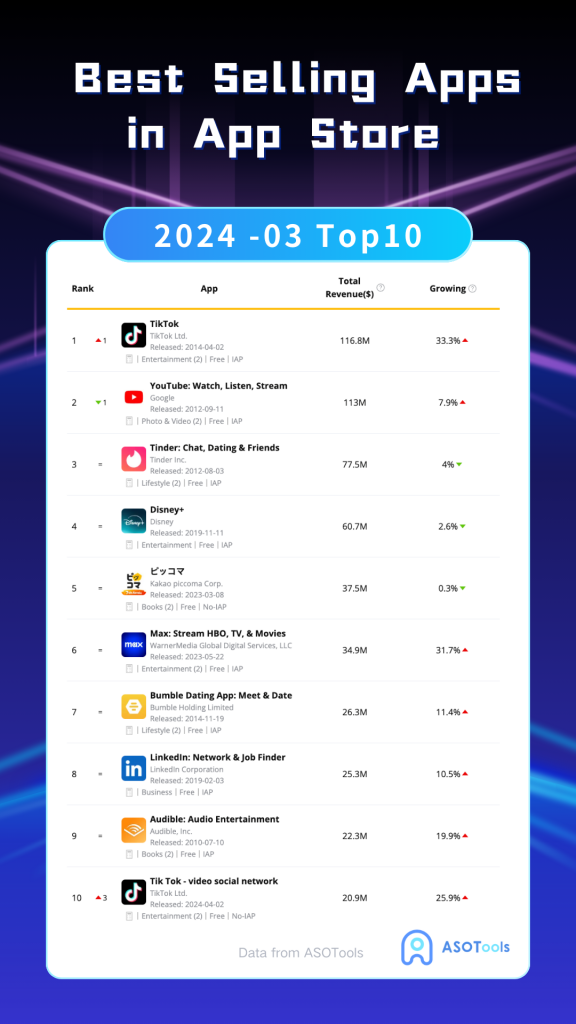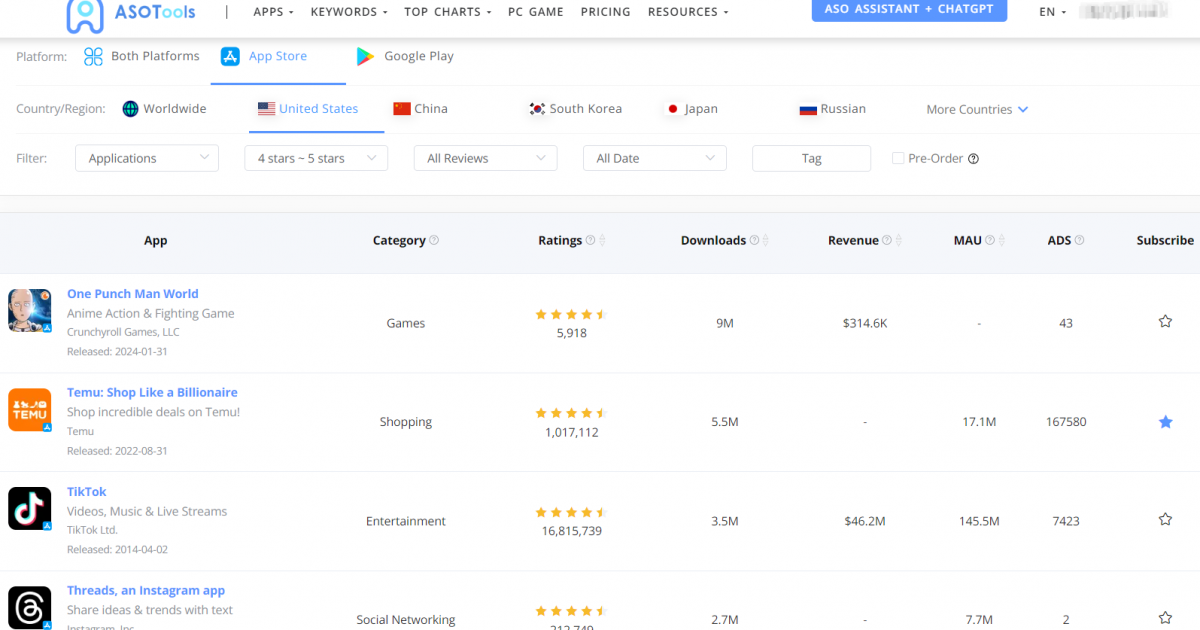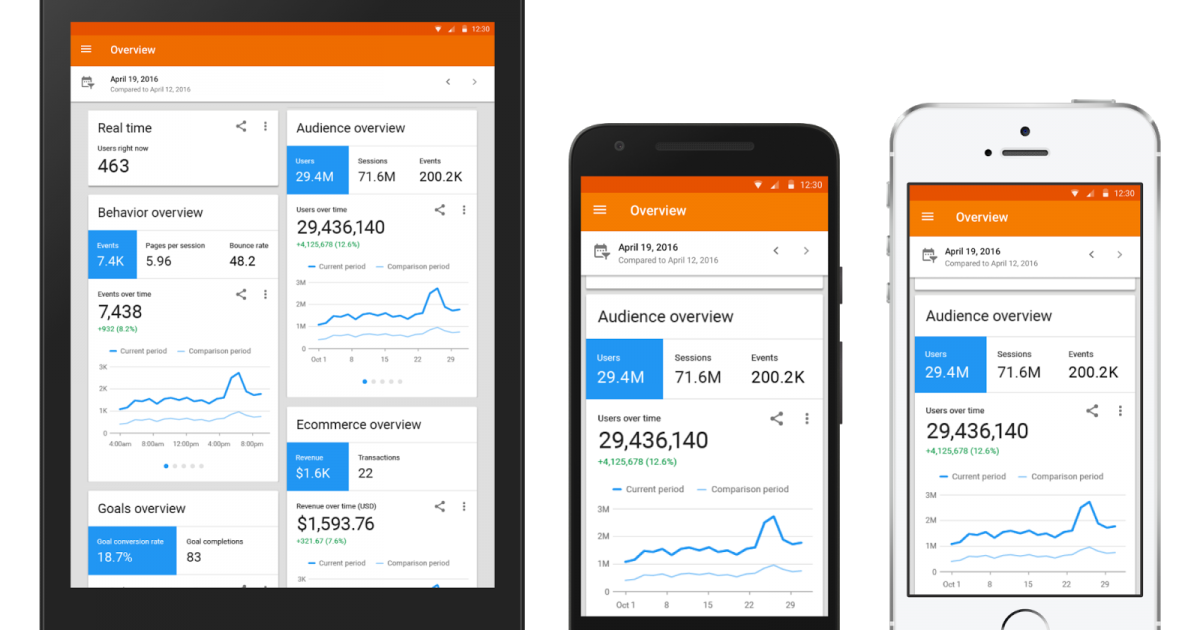In an ocean of countless mobile applications, it can be overwhelming to make your app stand out. However, with a well-crafted marketing strategy, you can gain a crucial advantage and propel your app to the forefront. This guide provides a comprehensive overview of the initial steps involved in developing your mobile app marketing strategy and offers insights on adapting and refining it to stay competitive and engaging in the dynamic digital landscape. By following these insights, you'll be equipped with the knowledge and tools to navigate the complex world of mobile app marketing, harness its power, and drive downloads, user engagement, and ultimately, achieve success.

What is mobile App marketing?
Mobile app marketing is the process of promoting a mobile application to attract users, increase app visibility, drive installations, and ensure user engagement. It involves various strategies and tactics aimed at reaching the target audience, creating awareness about the app, and convincing users to download and use it.
Effective mobile app marketing requires a comprehensive approach that combines different tactics, continuous monitoring of performance metrics, and iterative optimization based on user feedback and market trends. The ultimate goal is to increase app downloads, user engagement, and retention, leading to the app's success in achieving its objectives.
What are the 4 P's of marketing for an App?
1. Product:
Developing an app that satisfies users' needs is the first step in the marketing strategy. Before jumping into designing and coding the app, conduct market research, understand the competitive landscape, and identify a niche within the market. Create a comprehensive business plan for your app idea.
2. Placement:
Placement refers to the means of distributing your product to customers. In the context of apps, this entails selecting the platforms and devices on which your app will be used. Determine the operating system preferred by your target consumers before choosing a platform. For example, if the majority of your target user base owns iPhones, you may want to focus on an iOS launch before developing an Android version. Consider prioritizing the development of your app for the devices that are most suitable based on your app's features and design.
3. Price:
Pricing your app can be challenging. Strike a balance between expenses and revenue generation. Also, take into account what consumers expect to pay for similar services offered by other apps. Charging too much can discourage potential users, while pricing too low without other revenue streams may not be sustainable. Consider offering the app for free and generating revenue through in-app advertising and purchases. Alternatively, you could offer a free version with limited features and charge for access to a premium version. In some cases, if your app provides a high-end specialized service that sets it apart from the competition, you can opt for a higher initial price.
4. Promotion:
Promotion involves employing brand communication strategies to increase awareness of your app and drive downloads. Understand your target audience, their decision-making journey, and the communication methods that resonate with them at each stage. Depending on your brand, your target audience may respond better to social media marketing than traditional advertising methods. For instance, you can use bright colors and humorous messaging on Instagram to reach savvy millennial women, or engage with your community on Twitter. In other cases, well-designed out-of-home (OOH) or print campaigns can attract consumer attention. Lastly, word-of-mouth from satisfied users can be a powerful promotional tool. Encourage positive reviews and foster genuine connections with your users.
By carefully considering and implementing these elements, you can enhance the visibility, adoption, and long-term success of your app.
The 3 main stages of mobile App marketing:
1. Awareness Stage:
The Awareness Stage is the initial phase before launching your app, where your primary focus is on building brand awareness and visibility. It involves establishing clear brand messaging and positioning, which answers questions about your brand's identity, purpose, target audience, and value proposition. By defining these aspects, you can connect with potential customers on a deeper level, offering them genuine value and building meaningful relationships.
- Brand messaging and positioning: Clearly define your app's unique value proposition and target audience.
- Launch date planning: Determine the optimal timing for launching your app to maximize visibility.
- Market research: Understand your target market, their needs, and preferences.
- Competitive analysis: Analyze your competitors' strategies, strengths, and weaknesses.
- User personas: Create detailed profiles of your target users to tailor your marketing efforts.
- Influencer marketing: Collaborate with influencers in your industry to expand your reach.
- Social media presence: Establish a strong presence on relevant social media platforms.
- Content marketing: Create valuable content (blogs, videos, infographics) to educate and engage your audience.
- Website or landing page: Build a dedicated website or landing page to showcase your app's features and benefits.
- Email list building: Collect email addresses to nurture leads and stay in touch with potential users.
2. Acquisition Stage:
The Acquisition Stage is all about gaining users for your app and generating installations through various marketing strategies. It is an ongoing process that requires regular refinement and follow-up. Achieving a high number of app downloads, especially in the first week of launch, is crucial for attaining a high ranking in app stores.
It's important to track the source of your most downloads to identify the most effective and profitable channels. This allows you to optimize your marketing efforts and make necessary adjustments to improve underperforming channels. The Acquisition Stage offers room for creativity and experimentation, as you can employ various strategies to attract users and drive installations.
- Paid advertising: Utilize platforms like Facebook, TikTok, and Instagram to run targeted ad campaigns.
- App Store Optimization (ASO): Optimize your app's presence on app stores by focusing on keywords, app categories, and visuals.
- Keyword research: Identify relevant keywords that users are likely to search for.
- App category selection: Choose the most appropriate category for your app to improve discoverability.
- App title, icon, and screenshots: Optimize these elements to attract attention and convey your app's value.
- Video content: Create compelling videos that showcase your app's features and benefits.
- Voice search optimization: Adapt your app's content to be compatible with voice search queries.
- Global localization: Tailor your app's marketing to specific regions and languages.
- A/B testing: Experiment with different variations of your marketing assets to identify the most effective ones.
3. Retention Stage:
The Retention Stage emphasizes the importance of retaining users, keeping them engaged in your app, and transforming them into loyal customers. It involves running retention campaigns alongside acquisition campaigns to ensure active engagement from the early stages.
While acquiring users is a significant achievement, retaining them is equally challenging and critical for the long-term success of your app. To enhance user retention, you can implement strategies such as in-app communication, personalized push notifications, continuous user experience optimization, A/B testing to refine features, leveraging AI and chatbots for tailored experiences, and simplifying the onboarding process.
By prioritizing user retention, you can foster ongoing engagement, satisfaction, and loyalty, ultimately maximizing the value users derive from your app and increasing its overall success.
- In-app communication: Implement features that enable direct communication with users, such as in-app messaging or customer support.
- Push notifications: Send targeted and personalized push notifications to keep users engaged.
- User experience (UX) optimization: Continuously improve your app's usability and overall user experience.
- A/B testing: Test different app features and experiences to optimize user engagement and retention.
- AI and chatbots: Use artificial intelligence and chatbots to automate interactions and provide personalized experiences.
- Personalization: Tailor your app's content and recommendations based on user preferences and behavior.
- Keeping it simple during onboarding: Ensure a smooth onboarding experience for new users by keeping the process simple and intuitive.
Remember, these stages are interconnected, and it's essential to continuously optimize your marketing strategy based on user feedback, analytics, and market trends. This iterative approach allows you to adapt to evolving user needs and preferences, ultimately driving user engagement and contributing to the long-term success of your app.
How do I start App marketing?
Starting app marketing effectively involves a strategic approach that begins with thorough market research. With the Apple App Store receiving thousands of new app submissions each month, understanding the competitive landscape is crucial. To succeed, you need to know your target audience, their preferences, and how your competitors are addressing their needs.
To begin, answer these questions during the development phase:
- Identify your app's target audience.
- Categorize the audience into user personas based on demographics and interests.
- Determine the specific requirements of each persona.
- Analyze how your competitors are targeting the same audience.
- Establish key performance indicators (KPIs) for your app's success.
User personas help create a tailored marketing strategy by segmenting users into groups with similar experiences. Develop personas by dividing your audience based on factors like demographics, mobile habits, and characteristics relevant to your app niche. This understanding will lay the groundwork for a successful launch and inform future scaling efforts, ensuring data-driven decisions.
Key KPIs to monitor include:
- Active users
- Cost per acquisition (CPA)
- Cost per install (CPI)
- Cost per mille (CPM)
- Click-through rate (CTR)
- Conversion rate
- Retention rate
- Churn rate
In summary, prioritize audience segmentation and competitor analysis to ensure your app meets user needs. Set KPIs before developing your marketing strategy to gauge success and identify areas for improvement. By doing so, you'll create a solid foundation for a well-rounded and effective app marketing campaign.
How can I do marketing for my App?
ASOTools is a comprehensive tool designed to assist app developers and marketers with their app store optimization (ASO) efforts. It offers a range of core functionalities to optimize app performance and increase visibility:
1. App Analytics Tools: ASOTools provides valuable insights into app and game data across different countries. Users can access information on app downloads, revenue, review trends, and competitor research. These analytics help in understanding market trends, user behavior, and competitor strategies.

2. App Keywords Tools: ASOTools helps optimize app visibility in search results by conducting ASO keyword research for both Google Play and the App Store. By identifying relevant and high-volume keywords, users can improve their app's search rankings and attract more organic traffic.

3. App Marketing Tools: With ASOTools, users can discover new trends and opportunities by analyzing top charts and store analytics from both the App Store and Google Play. This enables app developers and marketers to stay updated on market trends, competitor performance, and user preferences, facilitating informed decision-making for effective app marketing strategies.

By utilizing the app analytics, app keywords, and app marketing tools provided by ASOTools, app developers and marketers can enhance their ASO efforts, increase app visibility, and improve overall app performance in the competitive app market.
In conclusion, successful app marketing involves a strategic blend of market research, product development, pricing, promotion, and ongoing optimization. By understanding your target audience, crafting a compelling value proposition, and leveraging the right channels, you can navigate the competitive mobile landscape, drive downloads, and foster user engagement. Embrace the 4 Ps of marketing, the three stages of app marketing, and stay adaptable to ensure your app thrives in the dynamic digital world. With persistence and a data-driven approach, you'll turn your app into a standout success story. To further enhance your app marketing efforts, consider utilizing tools like ASOTools to optimize your app's visibility and performance in the app stores.
Grow Your App Business Now!
#1 ASO TOOLS--Drive organic growth with our app store optimization tools.
SIGN UP FOR FREE!




